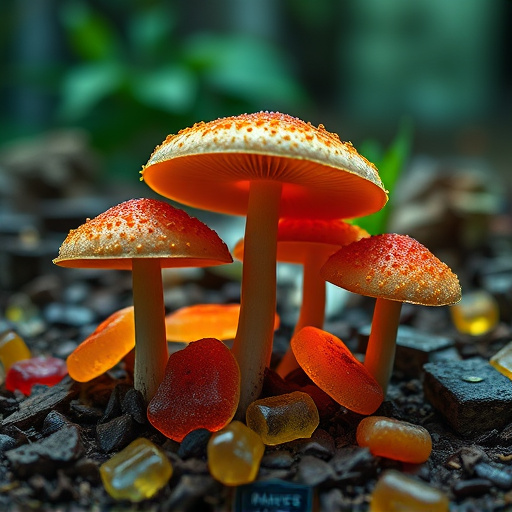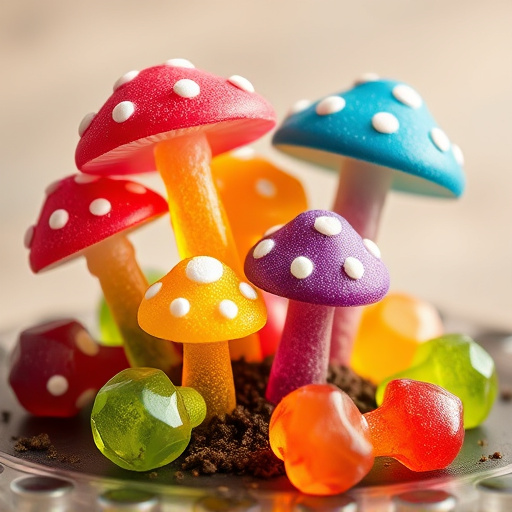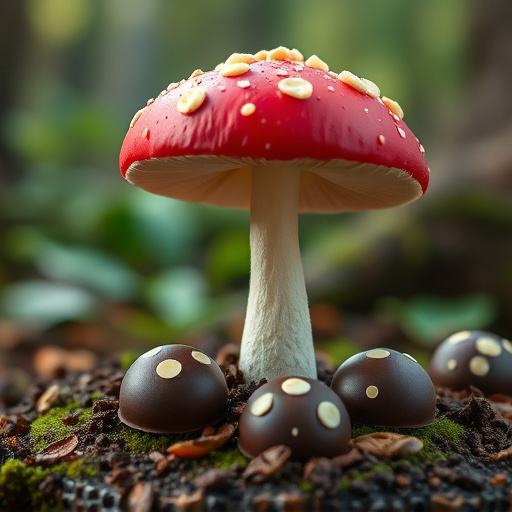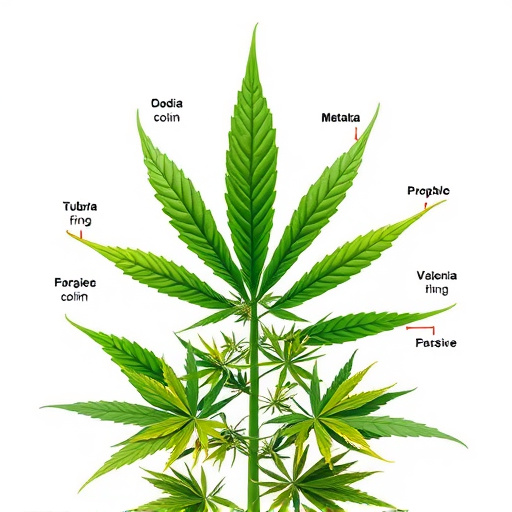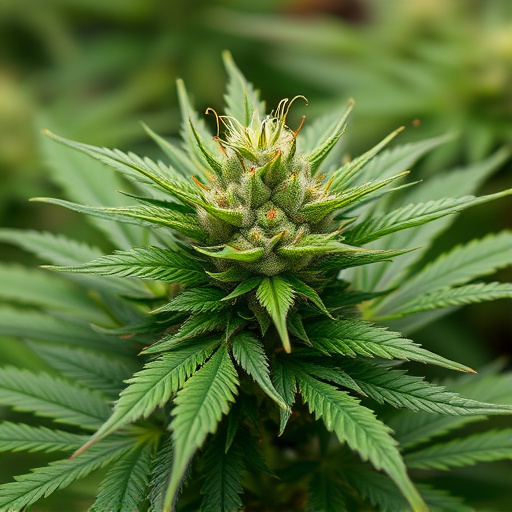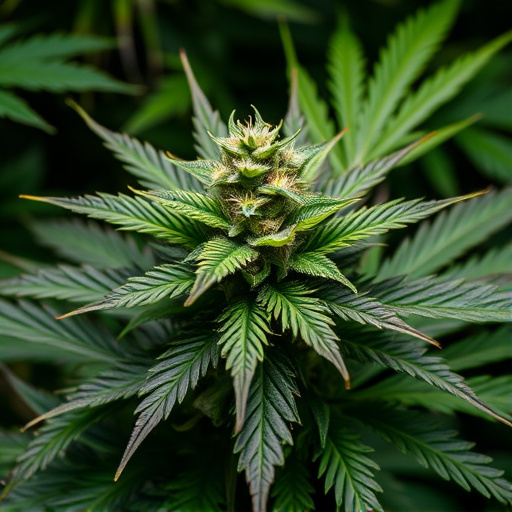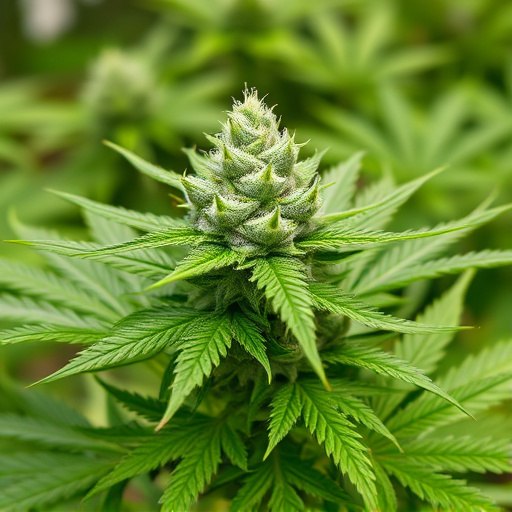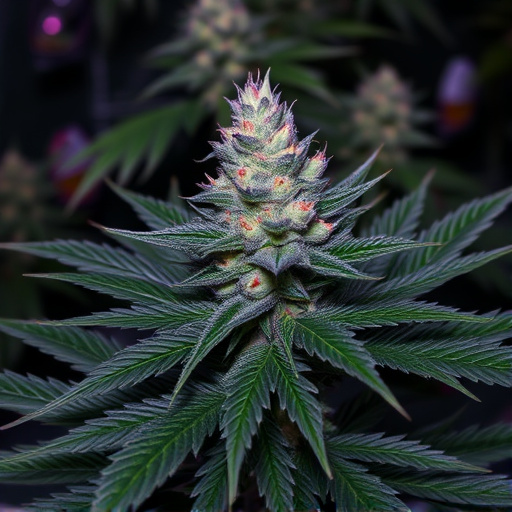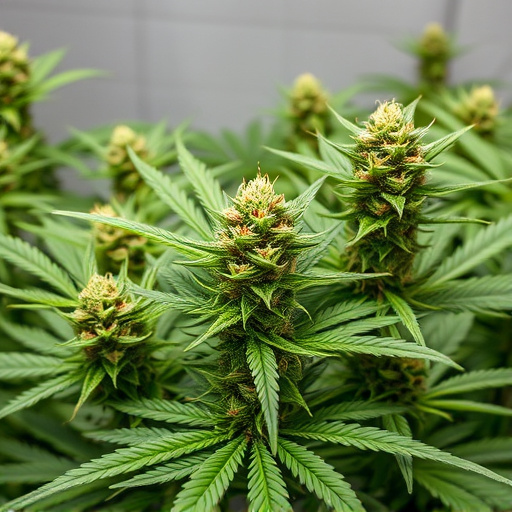The scarcity of specific sativa cannabis strains is driven by strict regulations limiting licensed growers, specialized growing conditions required by these rare strains, and global legal variations. Their delicate nature and high THC levels make mass production challenging, leading to limited quantities grown in tropical climates with ample sunlight and well-drained soil. High demand for uplifting effects and distinct flavors has reduced market diversity, making it hard for consumers to access rare or unique sativa strains offering therapeutic benefits and sensory experiences beyond mainstream options.
In today’s market, finding your ideal cannabis strain can feel like navigating a labyrinthine tapestry of limited availability and diverse preferences. Strict regulations and restricted cultivation areas contribute to the rarity of certain sativa cannabis strains, making them hard to come by for those seeking specific effects or unique flavors. This article delves into these factors, exploring why some sativa cannabis strains are more elusive than others and how genetic diversity plays a crucial role in shaping their availability.
- Limited Cultivation and Availability
- – Discussion on the rarity of certain strains due to strict regulations and limited growing areas.
- High Demand and Popular Preferences
Limited Cultivation and Availability
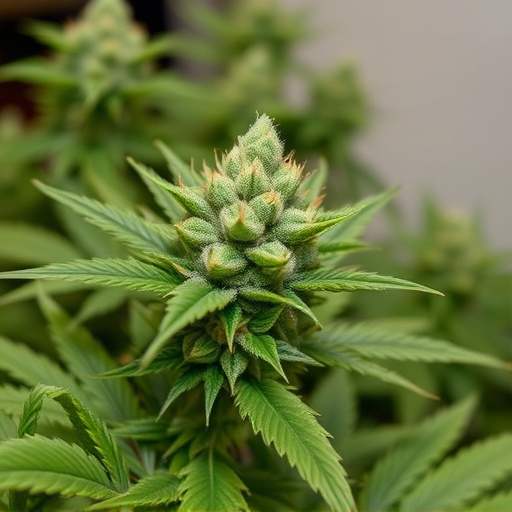
The limited cultivation and availability of certain cannabis strains, especially rare and sought-after sativa varieties, can be attributed to several factors. One of the primary reasons is the strict regulation surrounding cannabis farming, which restricts the number of licensed growers permitted to cultivate specific strains. This limitation ensures quality control but also reduces overall supply, making some strains hard to come by.
Additionally, unique sativa strains often require specialized growing conditions and have longer cultivation cycles compared to other varieties. Their delicate nature and specific climate needs can make mass production challenging. As a result, these rare sativas may only be grown in limited quantities, further contributing to their scarcity and making them more difficult for consumers to find.
– Discussion on the rarity of certain strains due to strict regulations and limited growing areas.

In many regions, the scarcity of certain cannabis strains can be attributed to stringent regulations and a limited growing environment. Sativa cannabis strains, known for their uplifting and energetic effects, often face restrictions due to their higher THC content, which has led to decreased cultivation. The legal status of cannabis varies widely across the globe, with some countries embracing medical and recreational use, while others maintain tight controls. This regulatory landscape presents challenges for farmers, making it difficult to cultivate rare strains on a large scale.
Additionally, specific climates and geographical features play a pivotal role in shaping the availability of these strains. Sativa varieties typically thrive in tropical regions with abundant sunlight and well-drained soil, limiting their cultivation to areas meeting these criteria. This geographic restriction, coupled with regulatory hurdles, contributes to the rarity of certain sativa cannabis strains, making them hard to find for consumers seeking specific effects or unique genetic profiles.
High Demand and Popular Preferences
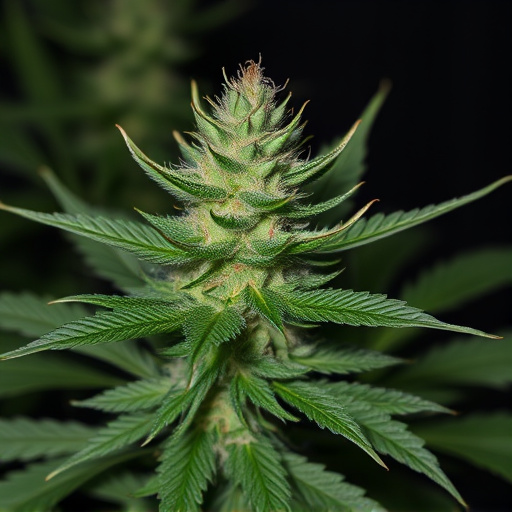
In today’s cannabis market, certain strains have become so popular that they’re often hard to find. This high demand is largely driven by consumer preferences for specific effects and flavors. Sativa cannabis strains, known for their uplifting and energizing properties, are particularly sought-after. Their ability to enhance focus, creativity, and social interactions makes them a favorite among users looking for a boost in productivity or a more enjoyable recreational experience.
The popularity of sativa strains has led to an increased demand worldwide, causing many cultivators to prioritize their production over others. As a result, less diverse cannabis varieties are available on the market, making it even harder for consumers to find rare or unique sativa strains that might offer distinct therapeutic benefits or unique sensory experiences.
The scarcity of specific cannabis strains, such as rare sativa varieties, is a result of a delicate balance between stringent regulations limiting cultivation and a booming market fueled by diverse consumer preferences. As demand continues to outpace supply, it becomes increasingly challenging for cultivators to meet the needs of consumers seeking unique and hard-to-find varieties. Navigating this landscape requires a deeper understanding of both the scientific nuances of cannabis cultivation and the evolving preferences of a broad and eclectic user base.




